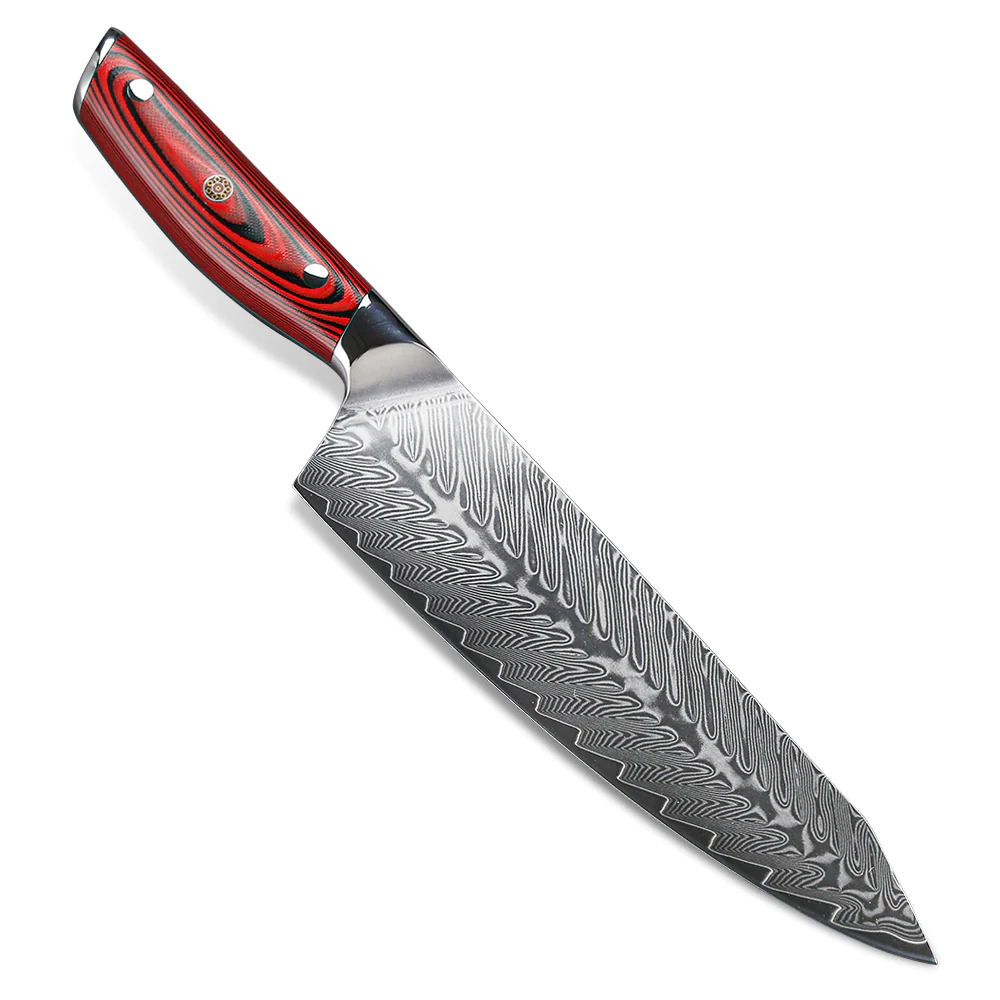In the heart of every kitchen, where creativity and precision converge, the unsung heroes known as kitchen knives are ready to transform raw ingredients into culinary masterpieces. In this comprehensive guide, we’ll explore the world of kitchen knives, unveiling their diverse types, essential features, and the art of maintaining these indispensable tools.
1. The Symphony of Blades: Types of Kitchen Knives
a. Chef’s Knife:
The workhorse of the kitchen, the chef’s knife is versatile and indispensable. With a broad, sharp blade, it’s ideal for chopping, slicing, and dicing a variety of ingredients.
b. Paring Knife:
Perfect for intricate tasks, the paring knife features a small, pointed blade that excels at peeling, trimming, and detailing fruits and vegetables.
c. Bread Knife:
Designed with a serrated edge, the bread knife effortlessly slices through crusty loaves without crushing the soft interior, making it a must for any bread lover.
d. Santoku Knife:
Hailing from Japan, the Santoku knife boasts a shorter, wider blade, making it well-suited for precision slicing, dicing, and chopping.
e. Utility Knife:
A versatile mid-sized knife, the utility knife is handy for tasks that fall between the capabilities of a chef’s knife and a paring knife.
2. The Anatomy of Excellence: Key Features of Kitchen Knives
a. Blade Material:
Stainless steel and high-carbon stainless steel are popular choices for their durability, resistance to stains, and ease of maintenance. Damascus steel, known for its distinctive wavy patterns, is a premium option prized for its sharpness.
b. Edge Type:
The two primary edge types are straight and serrated. Straight edges are ideal for precise cuts, while serrated edges excel at slicing through softer materials like bread and tomatoes.
c. Handle Comfort:
Ergonomics matter. Choose a knife with a comfortable handle that suits your grip style. Materials like wood, plastic, or composite materials offer different aesthetics and feels.
3. Knife Care: Nurturing Your Culinary Companions
a. Honing vs. Sharpening:
Regular honing using a honing rod helps maintain the knife’s edge, while periodic sharpening using a whetstone or a professional sharpener is essential for restoring a dull blade.
b. Hand Washing:
Preserve the longevity of your knives by hand washing them with mild soap and warm water. Avoid the harsh environment of a dishwasher, which can damage the blade and handle.
c. Storage Solutions:
Invest in a knife block, magnetic strip, or blade guards to protect your knives from damage and ensure safe storage.
4. Finding Your Culinary Companion
a. Quality Over Quantity:
It’s better to have a few high-quality knives than a plethora of mediocre ones. Invest in the essentials and gradually expand your collection based on your culinary needs.
b. Test Before You Invest:
Before committing to a knife, test its weight, balance, and how it feels in your hand. Personal comfort is key when selecting a knife that suits your cooking style.
5. A Symphony of Precision and Passion
In conclusion, kitchen knives are not just tools; they are extensions of a chef’s skill and passion. By understanding the types, features, and proper care for your knives, you can unlock their full potential and elevate your culinary creations. Whether you’re a seasoned chef or an aspiring home cook, let the symphony of blades guide you on your culinary journey to excellence.

